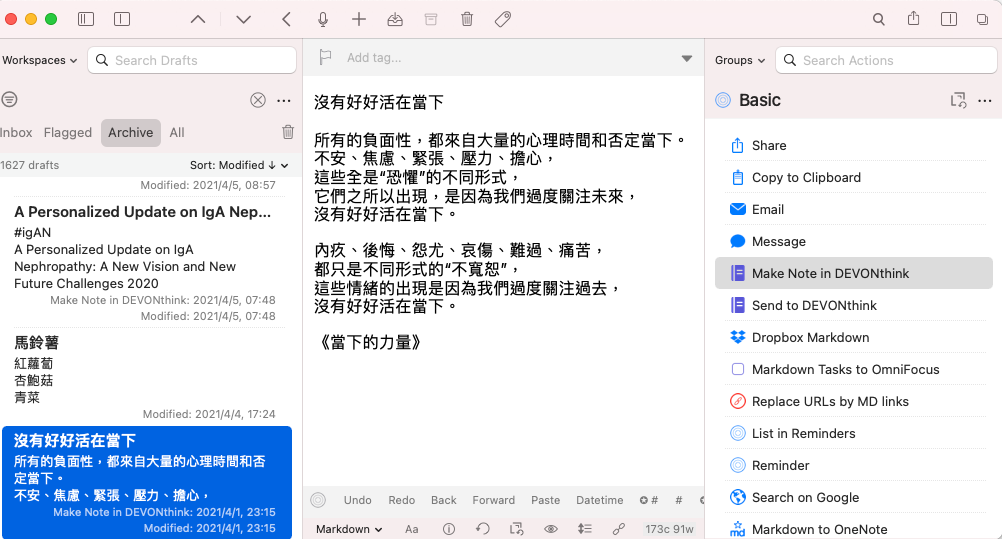

Just forget about HashRouter, because we needn’t it. If we are know that a BrowserRouter can change url location, we can use it. Because BrowserRouter is a replacement of HashRouter, it’s don’t use any more.Ī BrowserRouter that using html5 historyAPI ( pushState, replaceState and the popstate event) Ī HashRouter that uses the hash portion of the URL (i.e. Time passed… and BrowserRouter is existing. It would seem, why HashRouter is exist, if we are have BrowserRouter? Reasons is very simple: once upon the time people can’t use JavaScript for changing url location. If you try to learn more thing’s about this, you can read about HashRouter. Probably you know, we’re can’t using in our React code without BrowserRouter. This article include the following: my experience of using, some examples and explanation of differences between Browser- and HashRouter. The index.js file and header file has similar steps we created above.Hey there! This article can help you if you start learning a React.js. The search parameter and state then can be achieved from useLocation and useHistory hook.Įxample: Just create a component inside the components directory and paste the below code. This is useful when you want to redirect to a particular location with a search parameter and state. Put this in a particular component and visiting that particular component will automatically redirect us to the Redirect location. To redirect to a particular route if the user is logged in. The most common examples of Redirect are… So this basically can be used to redirect to a new location. The new location will override the current location in the history stack, like server-side redirects (HTTP 3xx) do. Rendering a will navigate to a new location. There are some other methods too like goForward, location, createHref, etc which I’ll cover in another tutorial. For the homepage, I have used / for any other page, you can use for example /user for the user page. The first button is redirecting the visitor to the previously visited page and the second button is redirecting to the page we specified.


 0 kommentar(er)
0 kommentar(er)
